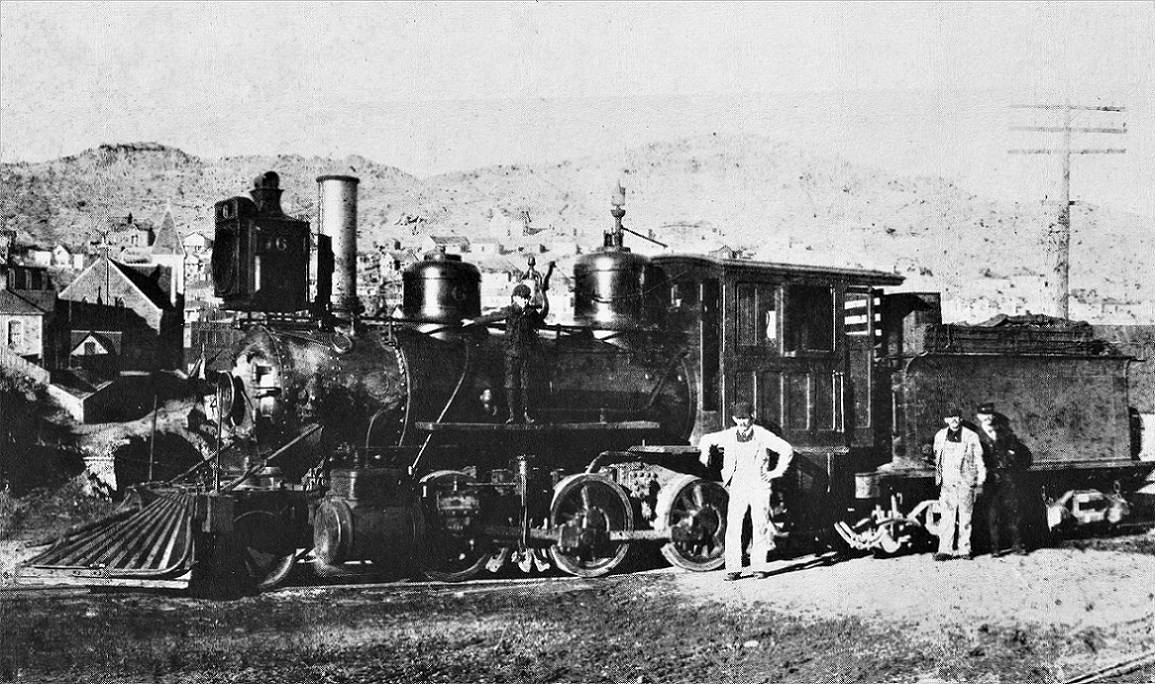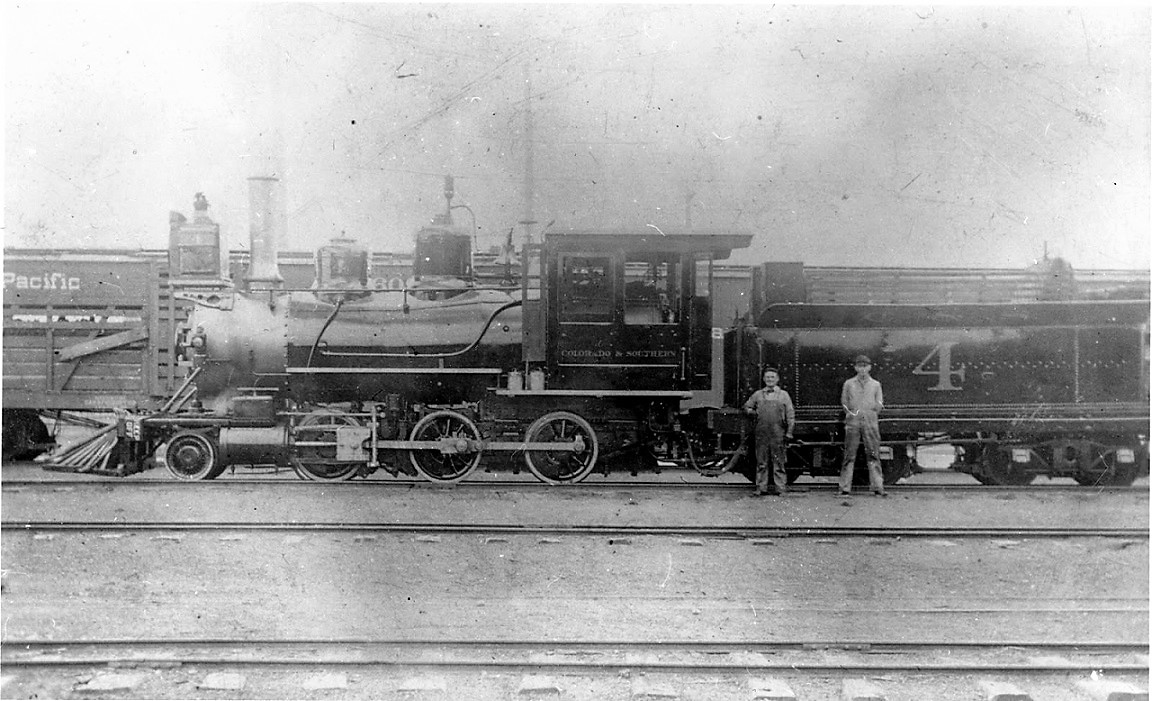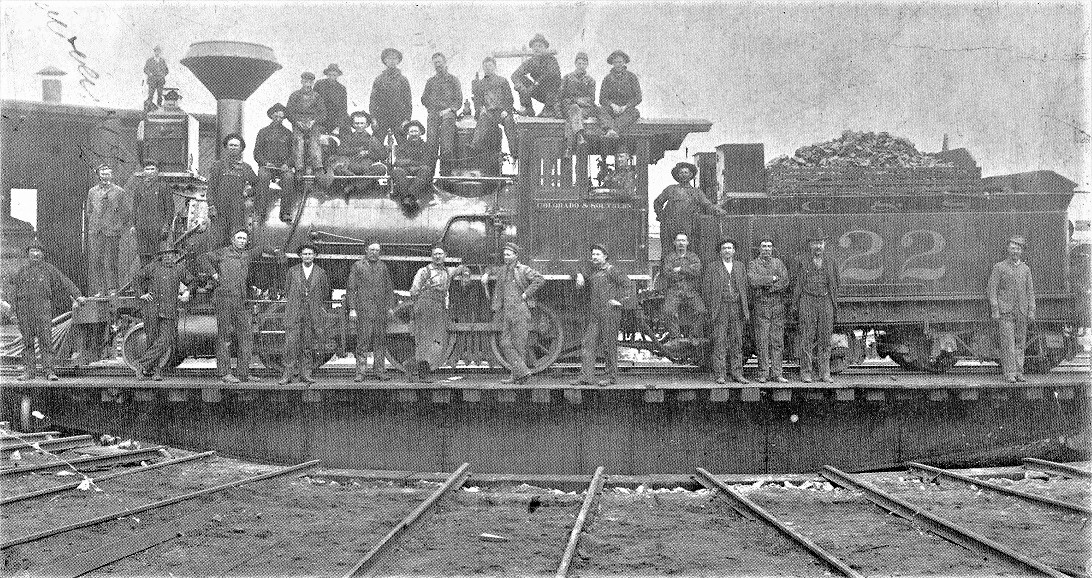Re: C&S #30, a C-16 conversion
Posted by Jim Courtney on Jan 08, 2020; 8:04pm
URL: http://c-sng-discussion-forum.254.s1.nabble.com/C-S-30-a-C-16-conversion-tp15055p15064.html
Incredible work, John!
That little headlight bracket is a tiny work of art. You should always include a dime in your photos to give us a sense of size.
And thanks so much for sharing photos of the process, not just the end result. Now I understand how to fill all the holes and slots on the boiler wrapper, should I move things around on my Sn3 brass conversions.
My one critique of your #30 is that the stack looks a little too fat and too short. The top of the shotgun stack should be exactly 4 scale feet from top of smoke box to top of stack.
Too avoid turning a "shotgun stack" years ago, before I became frustrated with HOn3, I approximated the shotgun stack by using a short length of K&S brass tubing (forget the diameter) cut to length, then used a nail set as a mandrel to produce the bottom flair, to fit the smoke stake base. I just gently hammered the brass tubing down onto the nail set until the correct bottom diameter had been produced. A loop of 0.010 wire at the top of the stack finished it.
One other detail about turn of the century C&S locomotives that I only recently noticed, is the locomotive brake cylinder, lever and driver brake shoe arrangement. The familiar below the cab, horizontally mounted brake cylinders and levers, which "pulled" the driver brake shoes back against the driver tire, didn't show up until about 1909-1912.
Prior to that, the locomotive brake cylinders were vertically mounted between the 1st and 2nd driver, underneath the running board. Somehow this activated back-to-back brake shoes, that pushed against the first and second drivers simultaneously. This was true on the newly rebuild Cooke 2-6-0's as well:

Number 6, 1900, before itsAugust 1901 rebuild.

Summer of 1900, after number 4 was rebuilt, a "re-builders" photo in Denver.

The rebuilt Brooks 2-6-0's varied, with brake cylinder / shoes located between 2nd and 3rd drivers.

C&S Baldwin 34, sister to C&S 30, about 1900. The brake cylinder between 1st and 2nd driver is clearly visible.
It is hard to know when the brake cylinder placement changed, as such details are usually lost in the shadows under the running boards and cab floors in period photos.
Again, exquisite work John.
URL: http://c-sng-discussion-forum.254.s1.nabble.com/C-S-30-a-C-16-conversion-tp15055p15064.html
Incredible work, John!

That little headlight bracket is a tiny work of art. You should always include a dime in your photos to give us a sense of size.
And thanks so much for sharing photos of the process, not just the end result. Now I understand how to fill all the holes and slots on the boiler wrapper, should I move things around on my Sn3 brass conversions.
My one critique of your #30 is that the stack looks a little too fat and too short. The top of the shotgun stack should be exactly 4 scale feet from top of smoke box to top of stack.
Too avoid turning a "shotgun stack" years ago, before I became frustrated with HOn3, I approximated the shotgun stack by using a short length of K&S brass tubing (forget the diameter) cut to length, then used a nail set as a mandrel to produce the bottom flair, to fit the smoke stake base. I just gently hammered the brass tubing down onto the nail set until the correct bottom diameter had been produced. A loop of 0.010 wire at the top of the stack finished it.
One other detail about turn of the century C&S locomotives that I only recently noticed, is the locomotive brake cylinder, lever and driver brake shoe arrangement. The familiar below the cab, horizontally mounted brake cylinders and levers, which "pulled" the driver brake shoes back against the driver tire, didn't show up until about 1909-1912.
Prior to that, the locomotive brake cylinders were vertically mounted between the 1st and 2nd driver, underneath the running board. Somehow this activated back-to-back brake shoes, that pushed against the first and second drivers simultaneously. This was true on the newly rebuild Cooke 2-6-0's as well:

Number 6, 1900, before itsAugust 1901 rebuild.

Summer of 1900, after number 4 was rebuilt, a "re-builders" photo in Denver.

The rebuilt Brooks 2-6-0's varied, with brake cylinder / shoes located between 2nd and 3rd drivers.

C&S Baldwin 34, sister to C&S 30, about 1900. The brake cylinder between 1st and 2nd driver is clearly visible.
It is hard to know when the brake cylinder placement changed, as such details are usually lost in the shadows under the running boards and cab floors in period photos.
Again, exquisite work John.
Jim Courtney
Poulsbo, WA
Poulsbo, WA
| Free forum by Nabble | Edit this page |